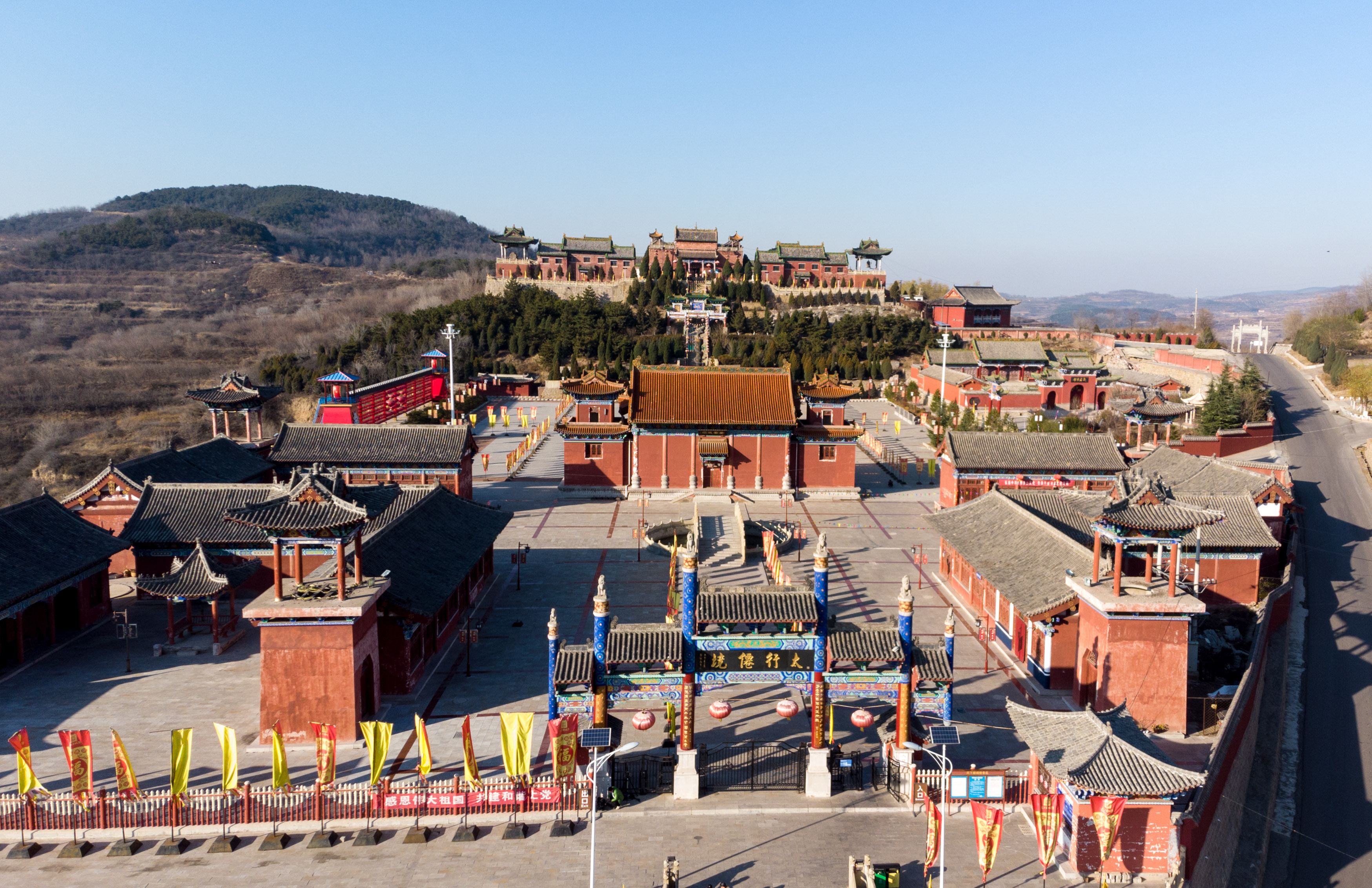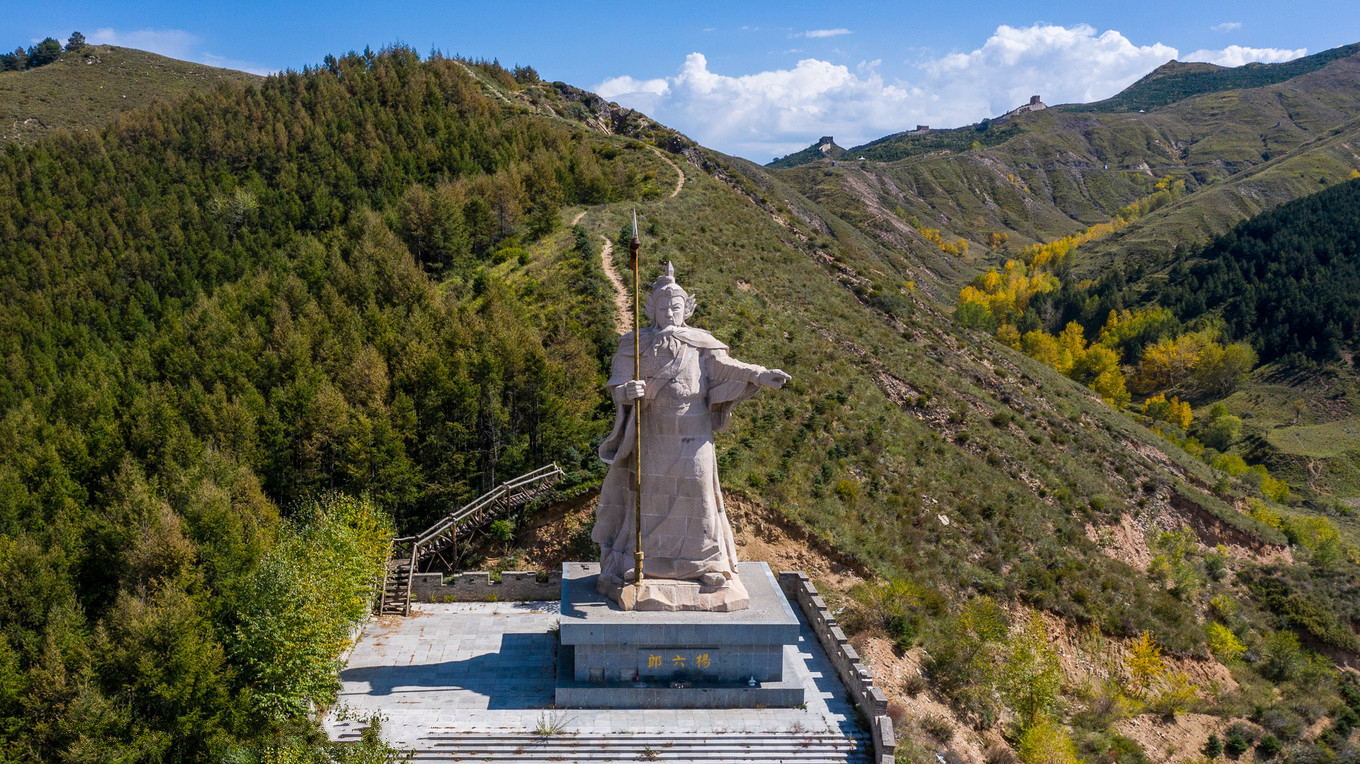
Deutsch-Chinesische Enzyklopädie, 德汉百科
 Shanxi Sheng-SX
Shanxi Sheng-SX







明代,朱元璋三子朱棡受封晋王后,没有立即来太原,而是先让岳父永平侯谢成到太原修建晋王宫,扩建太原旧城。因旧城西城墙已临近汾河,没有扩展余地,所以只能向东、南、北三面发展。
大家耳熟能详的太原八道城门,有七座都是在当时修建的,北边分别是镇远门(今大北门)、拱极门(今小北门);东边是迎晖门(今小东门)、宜春门(今大东门);南边分别是承恩门(近五一广场附近,民国时期改为首义门)、迎泽门(今大南门);西边分别为阜城门(今旱西门)、振武门(今水西门,原宋建金肃门)。
这八座城门所围合的区域,也就是今天建设路以西、新建路以东、北大街以南、迎泽大街以北这片区域便是当时的太原府城。从此,坚固壮丽,城内池沼台榭遍布。海子堰(今文瀛湖)和城西汾水南流,柳溪妩媚,城周流水潺潺,时称“锦绣太原城”。





Storchenturm, benannt nach den Störchen, die von Zeit zu Zeit auf ihm hockten. Das Gebäude befindet sich in der chinesischen Provinz Shanxi, Yuncheng City, Yongji City, Puzhou Town, ist einer von Chinas berühmten alten Pavillons, und der Gelbe Kranich-Turm, Yueyang-Turm, Tengwang-Pavillon ist bekannt als Chinas vier alte historische und kulturelle Gebäude, sondern auch die einzige der vier berühmten Gebäude ist in den Gelben Fluss im Norden des Gebäudes befindet. Der Storchenturm wurde in der Nördlichen Zhou-Dynastie erbaut, überlebte die Tang- und Song-Dynastie etwa siebenhundert Jahre und wurde in den frühen Jahren der Yuan-Dynastie im Krieg zerstört. Das bestehende Gebäude wurde 1997 wiederaufgebaut und 2002 für Besucher wiedereröffnet.
白日依山尽,黄河入海流,欲穷千里目,更上一层楼。一首《登鹳雀楼》,是唐诗压首之作。鹳雀楼因诗闻名,名播遐迩,是中国四大名楼之一。鹳雀楼历来就是登高胜地,立晋望秦,前瞻中条山秀,下瞰大河奔流,朝望日出东山,夕赏红霞满天。人生欲要更上层楼,必登运城鹳雀楼。
 Geography
Geography
 Architecture
Architecture

 History
History